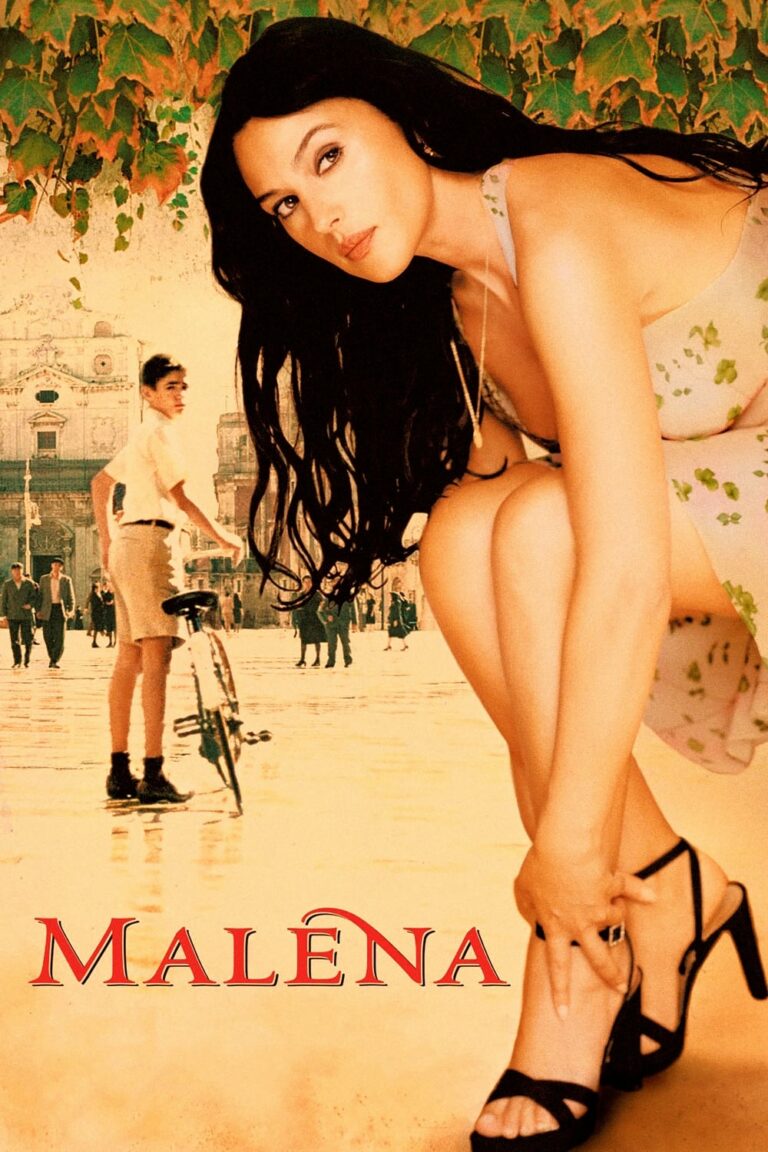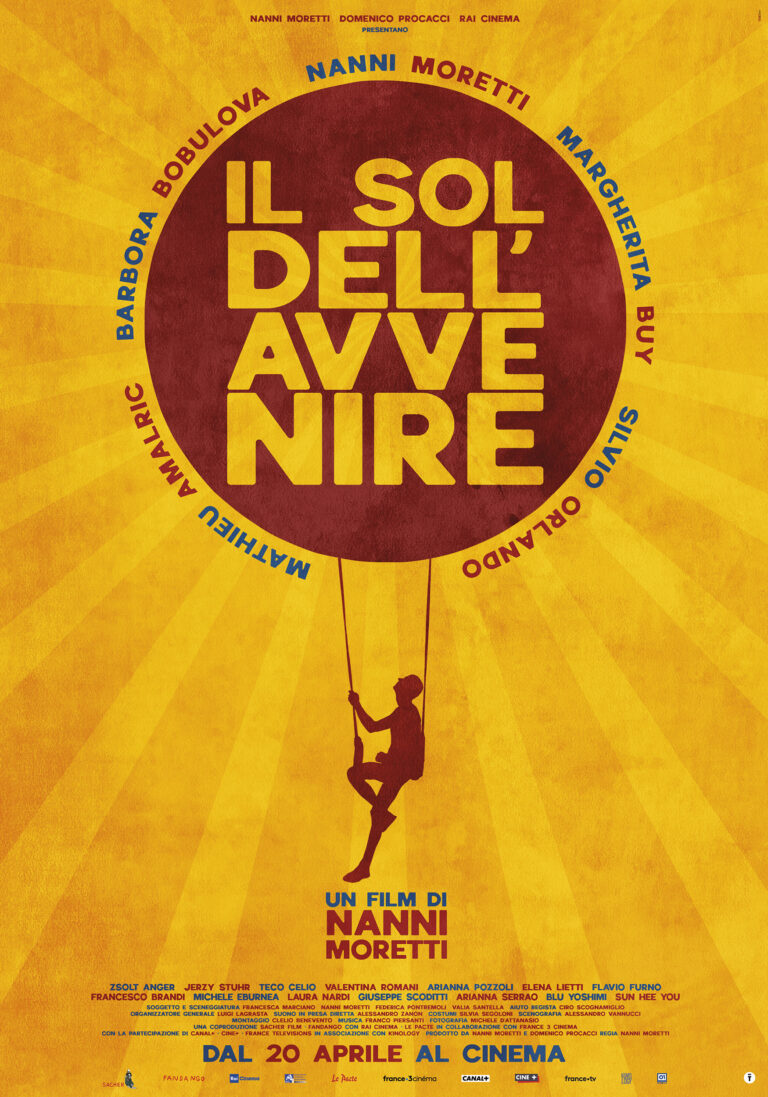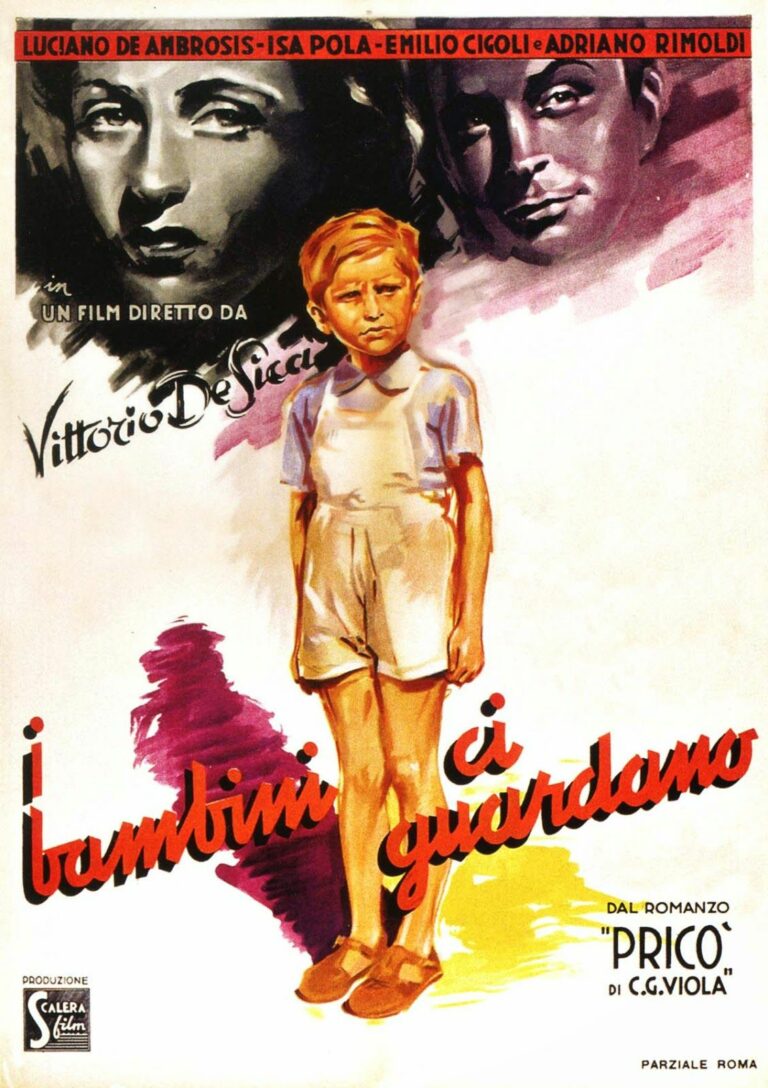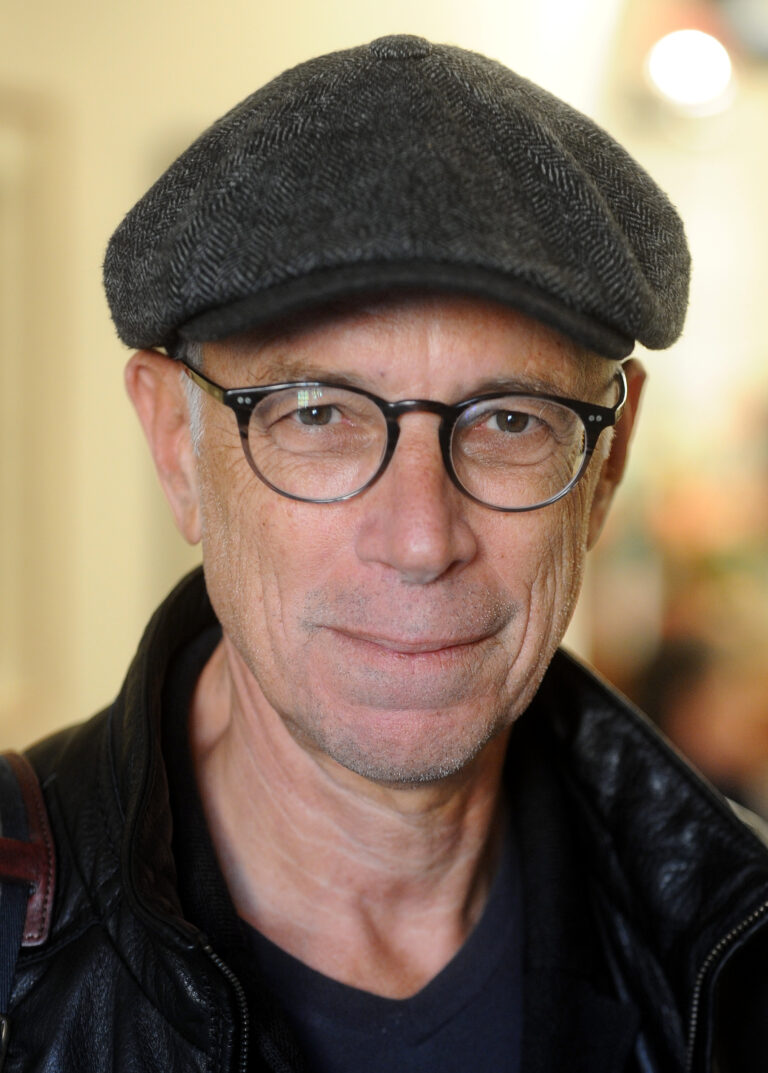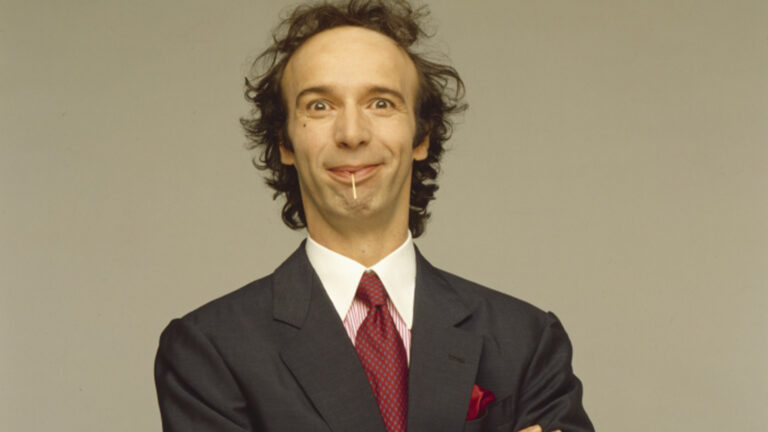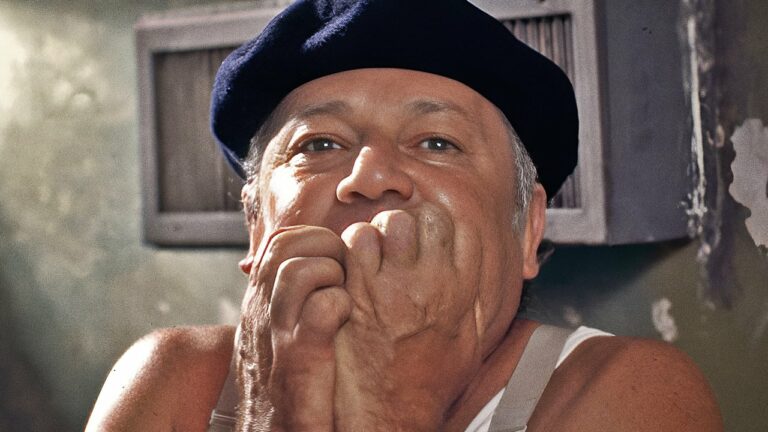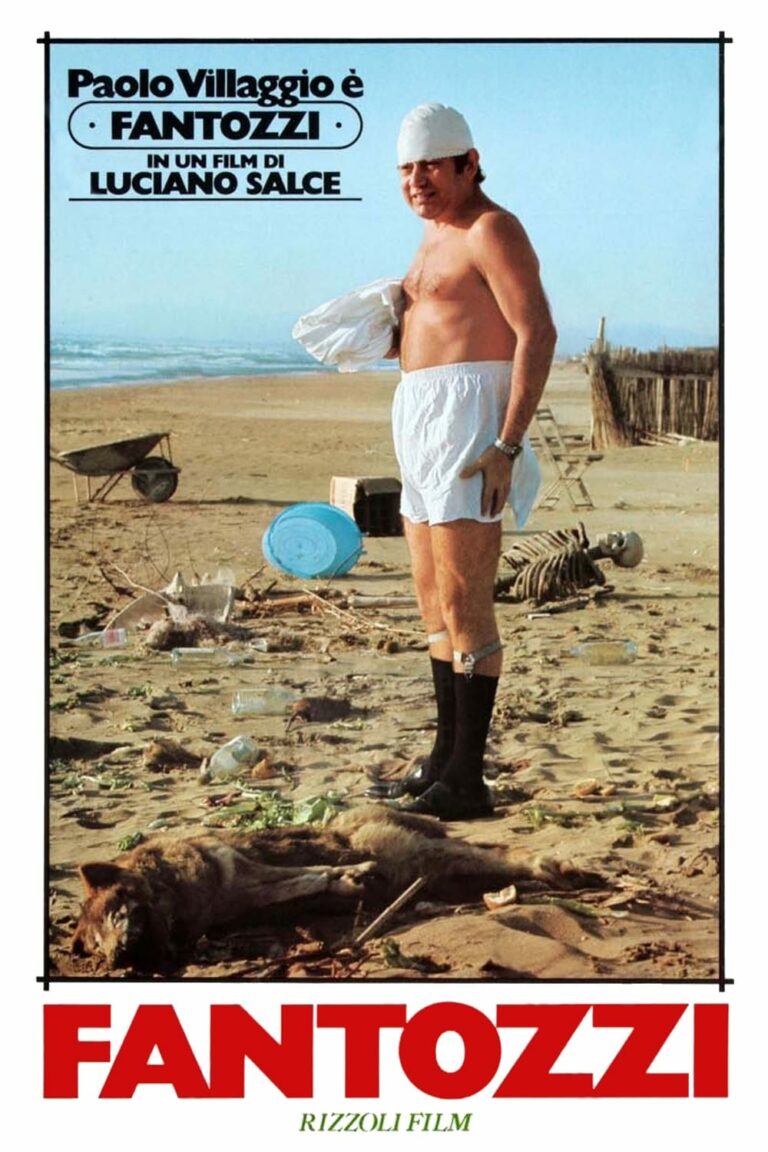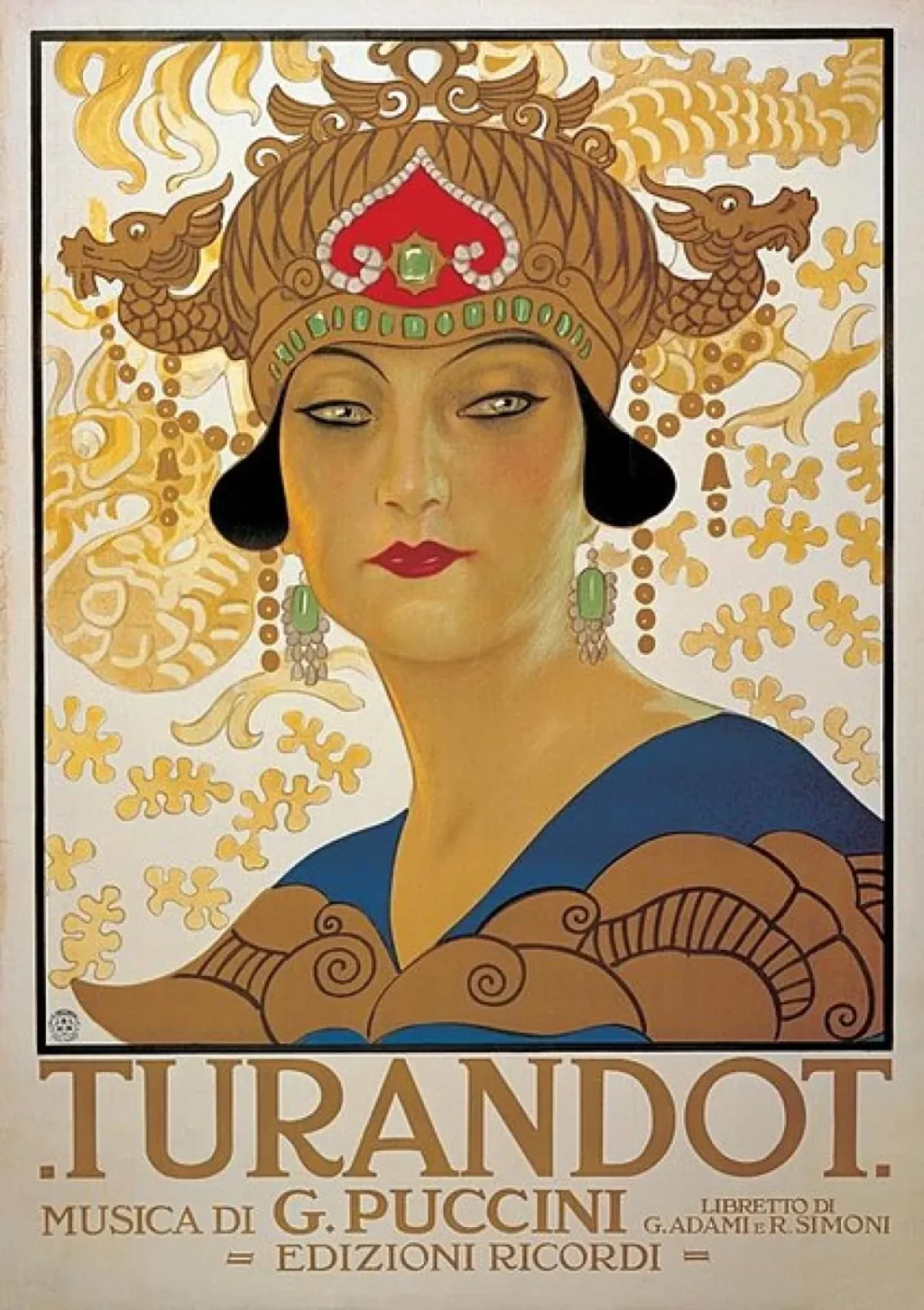
Giacomo Puccini’s Turandot is a monumental opera that epitomizes grandeur, emotion, and the human spirit’s quest for love and redemption. Since its debut in 1926, this final work of Puccini has become a cornerstone of the operatic repertoire, renowned for its sweeping melodies, intricate characters, and breathtaking theatricality. At the Metropolitan Opera, Turandot finds a fitting stage to showcase its magnificence. With innovative productions, stellar performances, and a dedication to honoring Puccini’s vision, the Met’s interpretation of Turandot is a spectacular fusion of tradition and innovation.
Introduction
Turandot, Puccini’s last and perhaps most ambitious opera, is a masterpiece of the verismo tradition combined with exotic influences and epic storytelling. Its staging at the Metropolitan Opera represents a pinnacle of operatic performance, blending world-class vocal talent with innovative production values. Whether you’re a seasoned opera enthusiast or new to the art form, experiencing Turandot at the Met is an unforgettable journey into the heart of one of the world’s most celebrated operas.
Synopsis of the Opera
Set in ancient China, Turandot tells the story of the cold and enigmatic Princess Turandot, who has vowed to marry only the suitor who can answer three riddles. Failure means death. The opera opens with a prince’s execution, underscoring the high stakes involved.
Act I:
In the bustling square of Peking, the crowd gathers to witness an execution. Amid the chaos, Calàf, a wandering prince, is captivated by the sight of Princess Turandot. Despite the danger, he resolves to take on her challenge.
Act II:
Turandot reveals her disdain for men, citing a tragic tale of a violated ancestor as the root of her vengeance. Calàf answers her riddles successfully, but Turandot, unwilling to marry him, is offered a counter-challenge: if she discovers his name by dawn, he will forfeit his life.
Act III:
The emotional climax unfolds as Turandot’s search for Calàf’s name intensifies. Calàf’s slave, Liù, sacrifices herself to protect his secret, ultimately breaking through Turandot’s icy exterior. In the final moments, love triumphs as Calàf reveals his name and Turandot accepts him.
Historical Background
Puccini began composing Turandot in 1920, inspired by Carlo Gozzi’s 18th-century play of the same name. Tragically, Puccini died in 1924 before completing the opera. Franco Alfano finished the work based on Puccini’s sketches, but debates about the final scenes continue among scholars and performers. The Metropolitan Opera has been instrumental in bringing Turandot to global prominence through its grandiose productions.
The Metropolitan Opera’s Legacy with Turandot
The Met premiered Turandot in 1926, shortly after its world debut in Milan. Over the decades, it has staged numerous productions, each striving to honor Puccini’s vision while embracing modernity. Franco Zeffirelli’s 1987 production remains one of the most iconic, featuring opulent sets and lavish costumes that encapsulate the opera’s epic scale.
Main Characters
- Princess Turandot: A complex character defined by her icy demeanor and inner vulnerability.
- Calàf: The brave and determined prince who seeks to thaw Turandot’s heart.
- Liù: A loyal and selfless slave whose love and sacrifice are central to the story’s emotional core.
- Timur: Calàf’s father, representing loyalty and wisdom.
Themes and Symbolism
1. Love vs. Power
The opera examines the transformative power of love, contrasting it with Turandot’s desire for control.
2. Sacrifice and Redemption
Liù’s self-sacrifice underscores the redemptive nature of unconditional love.
3. Cultural Fusion
Puccini integrates elements of Chinese culture and music, blending them with Western operatic traditions.
Musical Highlights
The opera’s score is a masterpiece of orchestral color and vocal brilliance.
- “Nessun Dorma”: Sung by Calàf, this aria is one of the most famous in operatic history, a triumphant declaration of love and determination.
- “In questa reggia”: Turandot’s aria reveals her icy resolve and sets the stakes for the story.
- Liù’s Aria: Heart-wrenching melodies that convey her devotion and sacrifice.
Set and Costume Design
The Met’s productions of Turandot are renowned for their visual splendor. Franco Zeffirelli’s staging features towering sets, intricate designs, and sumptuous costumes that transport audiences to a mythical version of ancient China. The interplay of light, shadow, and color enhances the dramatic tension and visual storytelling.
Staging and Direction
From Zeffirelli’s traditional opulence to modern reinterpretations, the Met has consistently pushed the boundaries of staging Turandot. Directors have experimented with minimalist designs, innovative lighting, and choreography to breathe new life into the opera while retaining its essence.
Reception and Critical Acclaim
Turandot at the Met has received widespread acclaim for its vocal performances, production design, and orchestral interpretation. Critics often praise the Met’s ability to balance Puccini’s rich musicality with the visual demands of such an elaborate production.
Cultural and Global Impact
Beyond its artistic merits, Turandot has become a cultural phenomenon. Productions at the Met have introduced millions to opera, and the enduring popularity of “Nessun Dorma” has cemented its place in popular culture.
FAQs
- Why is Turandot significant in opera history?
It represents Puccini’s artistic evolution and is celebrated for its emotional depth and musical innovation. - What makes the Met’s production unique?
The Met’s scale, attention to detail, and world-class talent create an unparalleled experience. - Is Turandot appropriate for first-time opera-goers?
Yes. Its dramatic plot, iconic music, and stunning visuals make it accessible and engaging. - How long is the opera?
Performances typically run around three hours, including intermissions. - Who sings “Nessun Dorma”?
Calàf, the male lead, delivers this iconic aria in Act III. - What is the legacy of Franco Zeffirelli’s production?
Zeffirelli’s Turandot is considered one of the most visually stunning productions in operatic history.
Conclusion
Turandot at the Metropolitan Opera is a testament to the timeless power of Puccini’s genius. Its fusion of captivating music, compelling storytelling, and dazzling visuals creates an experience that transcends generations. Whether you’re drawn by the haunting beauty of “Nessun Dorma” or the larger-than-life spectacle of the staging, Turandot at the Met is an unforgettable journey into the heart of operatic excellence.
